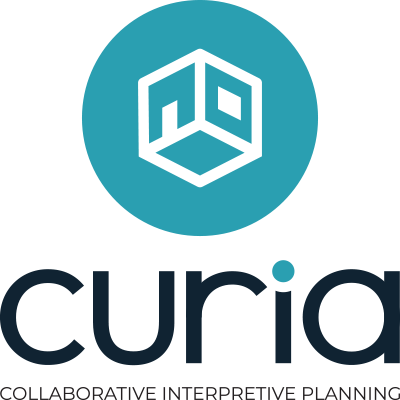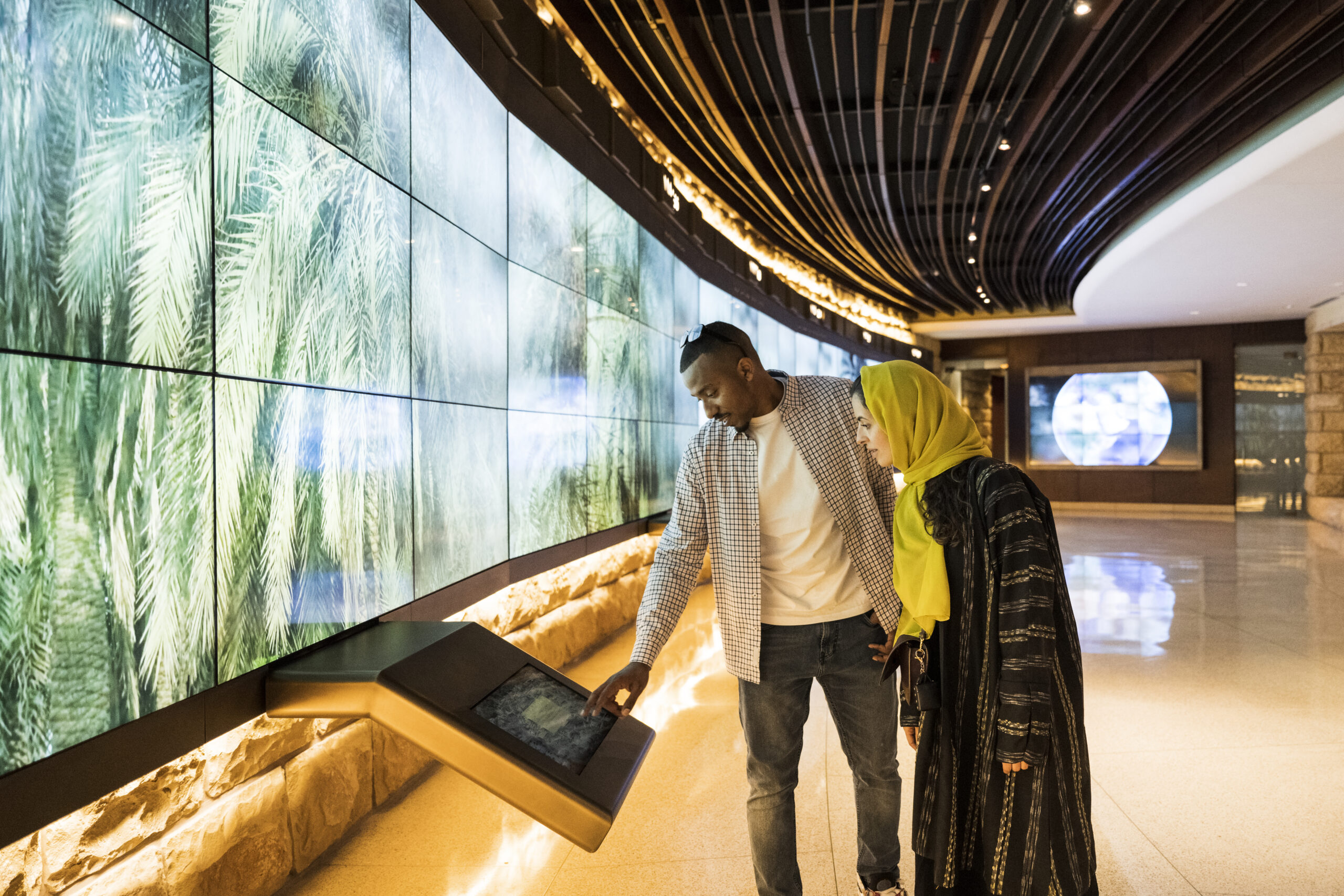Navigating Modern Interpretive Planning
The digital revolution has revamped every corner of our lives, ranging from our communication methods and entertainment choices to our work habits and learning styles. Similarly, interpretive planning — the craft of weaving organized and poignant narratives for cultural venues like museums, parks, and historical sites — hasn’t remained untouched. In the face of swift technological progress, digital tools are increasingly carving their niche in interpretive planning. This article delves into the profound influence of technology on interpretive planning and shines a light on Curia, a state-of-the-art software fine-tuned for today’s interpretive challenges.
How Technology is Reshaping Interpretive Planning
1. Digital Engagement Platforms: Gone are the days when signboards, audio guides, and brochures dominated interpretive mediums. Now, interactive apps, immersive virtual tours, and augmented reality experiences are taking center stage. Such platforms don’t just present information; they allow visitors to plunge deep into the content, customizing experiences as per their interests.
2. Data-Driven Decisions: Technology has gifted interpretive planners the power to collect feedback in real-time. Data points, such as the routes visitors take, the time they dedicate to specific exhibits, and their overall engagement, provide invaluable insights.
3. Collaborative Platforms: Technology facilitates that geographical distances no longer hinder collaboration. Thanks to cloud solutions and tailored software, planners, designers, and stakeholders can interact, brainstorm, and refine designs in real-time.
4. Sustainability and Accessibility: Today’s digital tools don’t just amplify engagement; they also champion environmental causes. Additionally, they open doors to inclusivity, enabling experiences that cater to a vast spectrum of audiences.
Introducing Curia: Streamlining Interpretive Planning
In the midst of this digital transformation, Curia emerges as a beacon for interpretive planners. This software is designed keeping in mind the unique challenges and requirements of modern interpretive planning.
Key Features of Curia:
- Interactive Design Tools: Curia lets planners draft and visualize interpretive narratives interactively. This ensures the end result is engaging and tailored to the target audience.
- Real-time Collaboration: With Curia, team members can collaborate in real-time, making edits, sharing feedback, and refining the narrative seamlessly, regardless of their location.
- Data Integration: Curia integrates with various data sources, allowing planners to efficiently gather and analyze interpretive strategies and are always optimized for maximum engagement.
Technology will play an increasingly pivotal role in interpretive planning. Tools like Curia make the planning process more efficient and elevate the quality of the narratives being crafted. As interpretive planners, embracing these technological advancements will be key to creating memorable, impactful, and inclusive experiences for all visitors.





